It is a truth universally acknowledged, that any person in need of improved fitness, better health, and more energy must be in want of regular exercise.1 Alas, too little time, lack of access to good facilities, or gym membership that’s just too expensive means it’s incredibly easy for workouts to fall by the wayside.23
Enter bodyweight training, which can be done just about anywhere, anytime and won’t cost you anything at all. No special equipment required, because your body is your gym. And everyone should know how to. It’s foundational – the base upon which you build everything else.
The Advantages of Bodyweight Exercise
Often seen as weight trainings’ poor relative, nothing could be further from the truth. Just look to the sports of gymnastics or marital arts, which boast athletes with the highest levels of fitness. Bodyweight workouts form the cornerstone of their training.
Bodyweight training does not produce as big gains in absolute strength (the maximum weight a person can lift) as weight training. However, bodyweight exercises develop relative strength, which is how strong you are compared to your size.4 This type of strength reflects how well you are able to control and move your body through space.
A higher level of relative strength is associated with greater efficiency at moving your body, less fatigue, and the ability to generate force more quickly and to a greater extent. In other words, it helps you to run faster, jump higher, and throw harder.56
So while boosting absolute strength has its benefits (it also helps relative strength), improving relative strength is key to improving athletic performance and carrying out everyday activities with ease.7 Below are some of the many other benefits.
Bodyweight Workout Benefits
Bodyweight training has myriad of positive effects on fitness & health:
- Most bodyweight exercises are closed-chain exercises, which use multiple joints, natural movement patterns, and are often functional exercises (relate better to activities of daily life, improving the way you perform everyday tasks)..891011
- Strengthens several muscle groups at the same time, which makes it both time efficient and effective.1213
- Builds strength, power, endurance, speed, coordination, and agility.14
- Increases muscle size.1516
- Improves posture.17
- Reduces body fat and improves body composition, especially if done as a high intensity circuit-style workout.18
- May improve cardio-metabolic health.1920
- More variety of movement compared to strength machines.
- Builds relative strength, teaches the body how to move as a complete unit, and improves how you move your body though space.21
- Progression is not limited to increasing sets, reps or weight, but making the exercise more challenging. This increases movement skills, which may be transferrable to other activities.
Practiced thousands of years ago by Spartan warriors preparing for battle in ancient Greece, the benefits of bodyweight exercises have been known since time immemorial.2223 In fact, bodyweight training is also known as calisthenics, which comes from the ancient Greek kállos sthenos meaning “beautiful strength“.24 I mean, what else could you possibly need to know?!
So while modern exercise technology has made these moves seem a bit old school and even redundant, this type of training is incredibly effective. That bodyweight workouts also happen to be convenient and free, is just an added bonus.
The Guide
Bodyweight Workouts
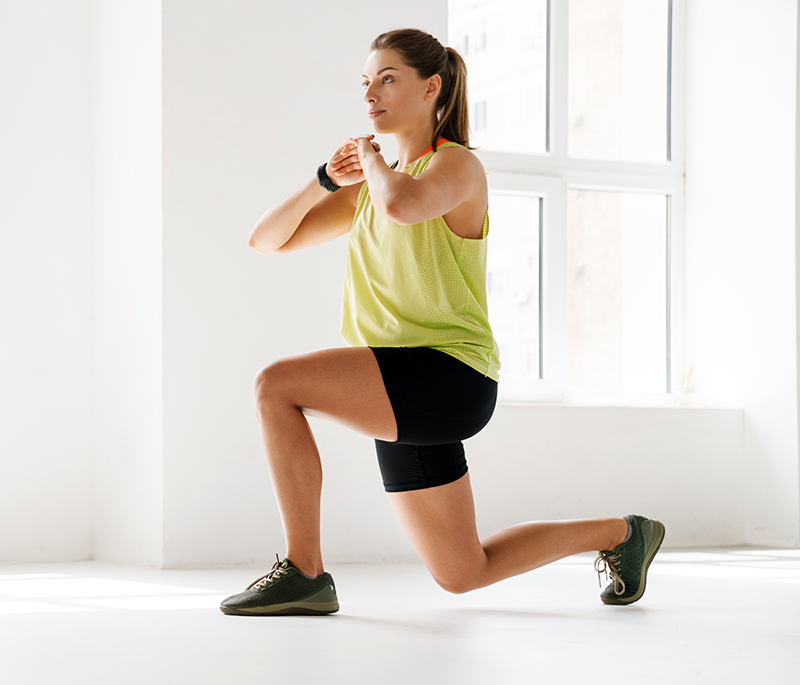
A good workout program must be balanced. In other words, for every pushing exercise, you need a pulling exercise and you also need to work your legs and core.
By covering those four bases, you’ll work every major muscle in your body and ensure structural balance across your joints – something that is important for both appearance and health.
As an optional add-on, you can also include dynamic exercises if you want to incorporate some cardio to get your heart rate up and burn more calories.
How to Build a Bodyweight Workout
A good bodyweight workout should contain several different types of exercises:
- Upper body – push exercises
- Upper body – pull exercises
- Lower body exercises
- Core exercises
- Dynamic exercises (optional)
Choose one or two exercises from each category, perform two to four sets for 8-12 reps of each exercise (the last few reps should be challenging to complete).
With weight training, you simply increase the weight to make an exercise more difficult. However, with bodyweight exercise you make exercises easier or harder by moving your hands and feet or changing the angle of your body.25 (Of course, if you wish you can use weights, elastic bands, or other tools to make exercises harder.)
By changing the position of the body, bodyweight exercises can be adjusted to suit any level of fitness. For example, push-ups while resting on your knees are relatively easy, whereas push-ups in a handstand position are much, much harder.2627
Start with the easy versions of each exercise. Increase the number of repetitions of that easy exercise until you are strong enough to move on to the next, slightly harder version. Continue to progress gradually up the ladder of difficulty as you become fitter and stronger.
Don’t forget to perform a dynamic warm-up before working out, and to stretch afterwards.
1 Pushing Exercises
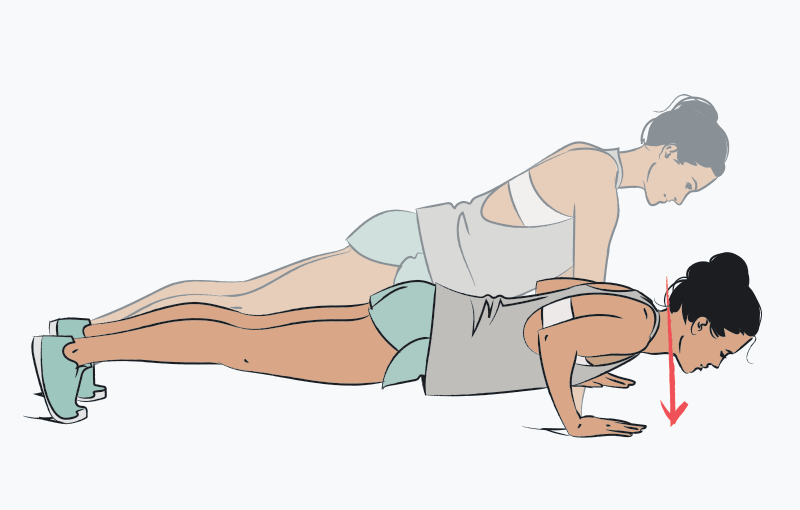
Target area: Chest, shoulders and triceps
Example: Push-ups
Pushing exercises are generally variations of push-ups. Pushing exercises target your chest, shoulders and triceps and many also provide an indirect workout for your core and even your legs.
Pushing exercises can be horizontal (e.g. regular push-up) or vertical (e.g. handstand push-up or dips). Where horizontal pushing exercises place an emphasis on your chest muscles, vertical pushing exercises place an emphasis on your shoulders.
Best Bodyweight Pushing Exercises
Push-up variations are listed in approximate order of difficulty:
- Wall push-ups
- kneeling push-ups
- wide push-ups
- narrow push-ups
- lateral shuffle push-ups
- hands on blocks push-ups
- dive-bomber push-ups
- elevated feet push-ups
- clap push-ups
- offset hand push-ups
- one-armed push-ups
- handstand push-ups
- planche push-ups
2 Pulling Exercises
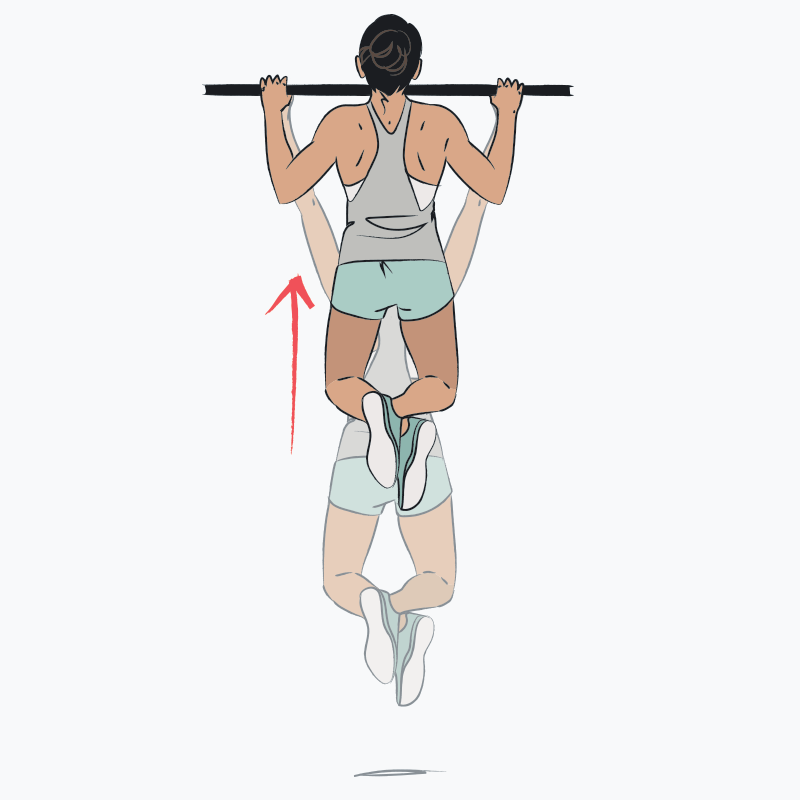
Target area: Back, biceps, and forearms.
Example: Pull-ups
Pulling exercises are generally variations of pull-ups or rows. Pull-ups are not the easiest exercise to master but there are variations you can do that will make this exercise more accessible.
Pulling exercises do need a piece of equipment, as you’ll need a sturdy bar or beam to pull yourself up on. If you’re working out at home a doorway pull-up bar is the simplest solution.
Best Bodyweight Pulling Exercises
Exercises are listed in approximate order of difficulty.
- Doorway rows
- body rows (high bar, feet on floor)
- band assisted pull-ups
- partner-assisted pull-ups
- negative pull-ups
- self-assisted pull-ups
- body rows (low bar, feet on floor)
- body rows (feet elevated)
- jumping pull-ups
- chin-ups
- side to side pull-ups
- towel grip pull-ups
- mixed-grip pull-ups
- weighted pull-ups
- single-arm pull-ups
Alternatives: If pull-ups are too advanced or you don’t have a pull-up bar you can do single arm rows with a dumbbell, resistance band, or even a plastic milk jug. Either way, you need something for pulling exercises to ensure your back muscles are as strong as your chest.
3 Lower Body Exercises
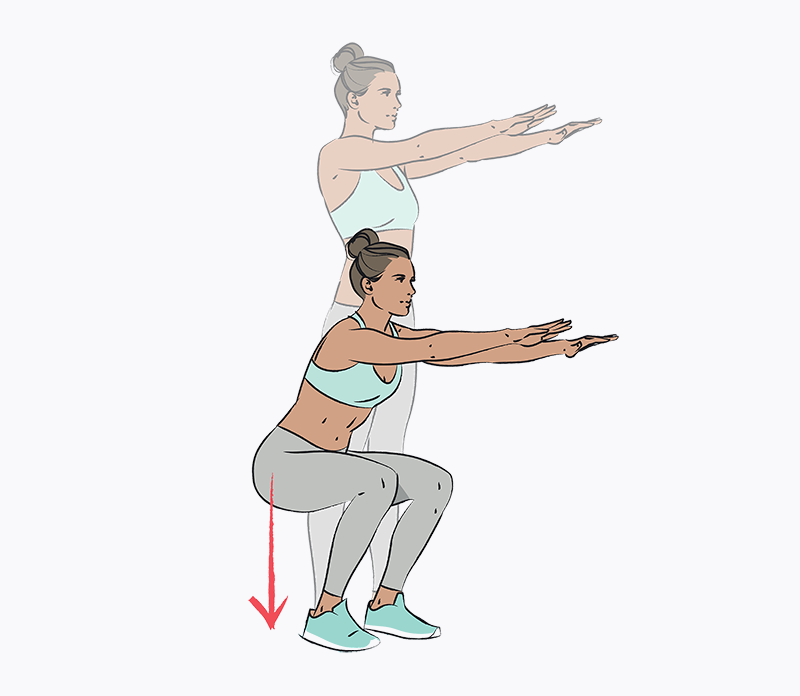
Target area: Legs and glutes
Example: Squats
Of all the bodyweight leg exercises you can do, squats are the classic lower body exercise, followed closely by lunges.
The biggest problem with bodyweight leg exercises is that when a two-legged exercise gets too easy, simply switching to a single-legged version of the same exercise can be much too hard (e.g. single leg squat). This can make progression difficult.
Therefore, follow the list of increasingly challenging leg exercises below to keep on progressing, and building your fitness and strength.
Best Bodyweight Lower-Body Exercises
Exercises listed in approximate order of difficulty:
- Wall squats
- box squats
- low box step-ups
- high box step-ups
- forward lunges
- backward lunges
- walking lunges
- lateral lunges
- lunges onto/off of a box
- rear foot elevated split squats
- squat jumps
- jumping lunges
- single-leg deadlifts
- single-leg squats (pistol squat)
4 Core Exercises
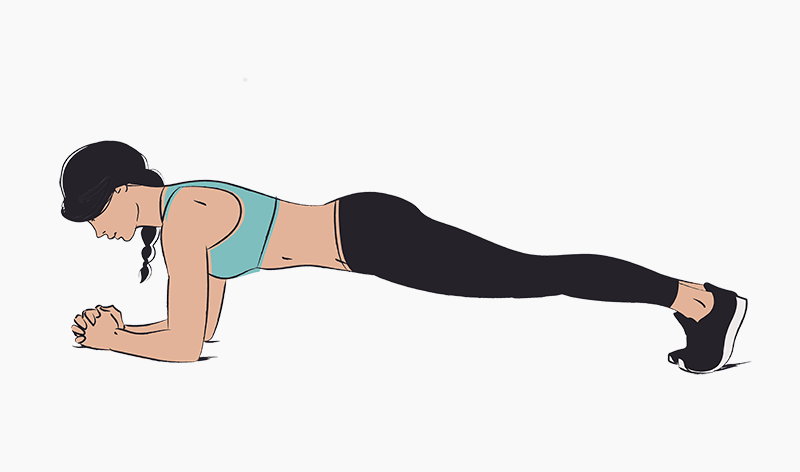
Target area: Core
Example: Plank
Your core is the collective term for the muscles that surround your midsection. They control the movements of your spine, provide spinal support, and hold your midsection rigid when required – like when you are performing push-ups.
One of the most effective core exercises is the plank. There are many other exercises, each one as good as the next. Incorporate a variety of different core exercises in your training week (not necessarily in one workout) to ensure you work all your core muscles.
Best Bodyweight Core Exercises
Core exercises are listed according to the four core movement patterns:
- Anterior core: hollow body holds
- dead bug
- front planks
- crunches
- leg raises
- body saw
- Posterior core: glute bridges
- bird dog
- back extensions
- superman
- reverse planks
- Lateral core: side planks
- Rotary core: Russian twists
- lying windshield wipers
- 3-point planks
- spiderman push-up
5 Dynamic Exercises
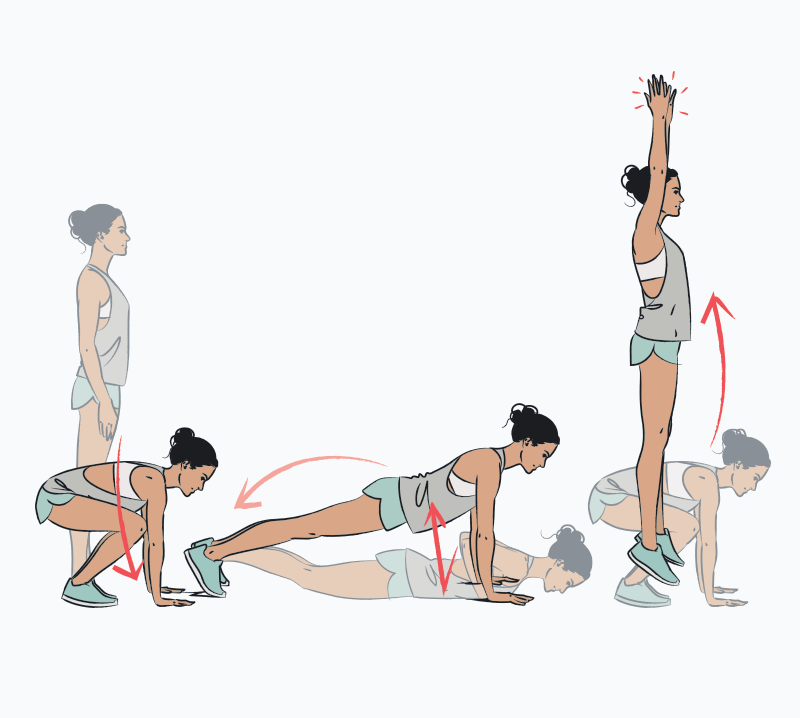
Target area: Cardio
Example: Burpee
Dynamic exercises tend to be full-body or lower-body exercises that add a cardiovascular element to your workout.28 These moves get your heart rate soaring, burn a lot of calories, while also building strength and endurance. Burpees are a classic example, and come in endless variations so can be adapted to suit your fitness level.
Best Dynamic Exercises
Here is a list of dynamic exercises listed in approximate order of difficulty.
- March in place
- lateral shuffle
- walking jacks
- high knees
- butt kicks
- skaters
- mountain climbers
- step-ups (depending on height)
- jumping jacks
- star jacks
- burpees (depending on variation)
- squat jumps
- box jumps
How to Get Started
Getting into bodyweight training is easy. You can do it anywhere, at any time. But to get the most from bodyweight training treat your workouts like planned trips to the gym. The convenience of working out at home can be a drawback – it’s all too easy to say “I’ll start tomorrow”.
Therefore, three or four times a week, put aside about 30 minutes for your workout and do everything you can to ensure you won’t be disturbed. Make a workout appointment and stick to it.
Be consistent. Fitness gains are not permanent – you cannot store fitness. Skip more than a few workouts and your hard-won fitness levels start to steadily decline. So work out regularly to get strong, healthy, and to keep making fitness gains and performing increasingly harder exercise variations.

